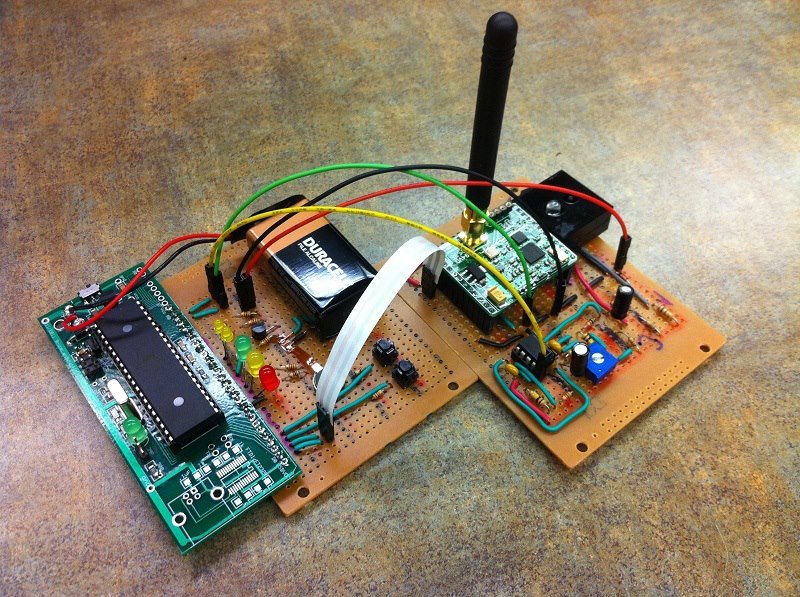RS232 is Based on serial communication which means it can send or receive one bit at a time RS232 is a Standard (1987) to make a communication sophisticated RS232 connect a peripheral devices like printer,scanner,modem and mouse with computer RS232 can provide p2p communication some time called point to point-communication the speed of RS232 is not too much fast we can achieve a maximum speed of 920 Kbps during a data communication by using RS232.
we can connect a peripheral device with computer at a maximum distance of 50 ft RS232 styles is different it,s shape is just like D so people called it a D style so it comes in two shape the one is D9 ( total 9 pins connector ) and second one is D25 ( total 25 pins connector ) but mostly three pins are using such as Tx,RX,CT
1) TXD ( Pin NO 3 ) : The function of this pin is to send or transmit data serially to a connected devices with computer
2) RXD ( Pin NO 2 ) : The function of this pin is to Receive a data serially from connected devices with computer
3) CTS&RTS ( Pin NO 7,8 ) : Clear to send and Ready to send Just to check that the channel is busy or free for the communication
4) DSR ( Pin NO 6 ) : it,s stand for Data set ready it works with device like modem to tell to computer that now i m ready to take a new data
5) DTR ( Pin NO 4 ) : The function of
this pin is to connect or disconnect a peripheral device from computer
6) DCD: ( Pin NO 1 ) : To check that Devices is disconnected or still connected with the pc
7) RI: ( Pin NO 9 ) : it,s stand for Ring indicator the function of this pin is to inform the computer that modem is ringing
8) SG: ( Pin NO 5 ) : it,s stand for Signal ground in a simple words a reference point of the circuitry










.jpg)







.jpg)



